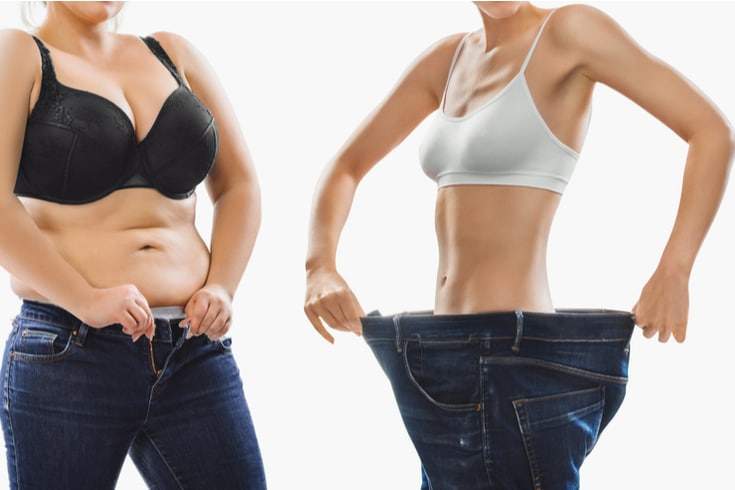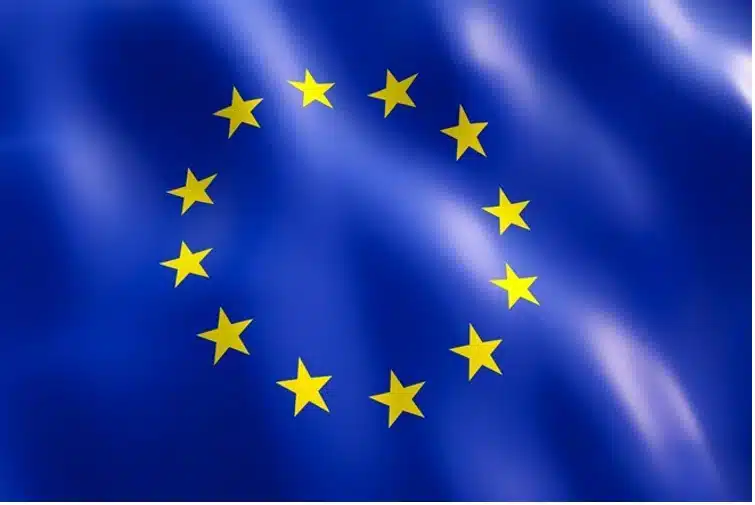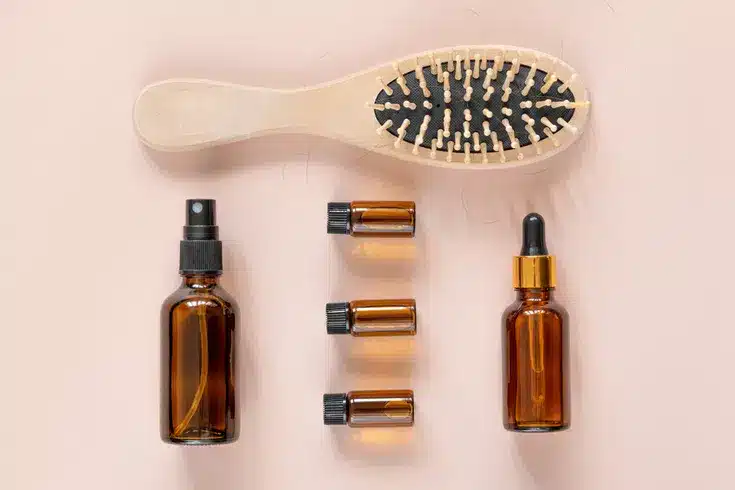Is 'Before and After' Photos in Beauty and Diet Advertisements Prohibited Under the 'Japanese Pharmaceutical and Medical Device Act'?

Have you ever seen advertisements for cosmetics and other products that compare before-and-after photos? In situations like online shopping where the product is not physically available, having comparison photos makes it easier for customers to judge the efficacy and effects of the product.
However, advertisements that use photos comparing before and after use of a product may potentially violate the advertising regulations of the Japanese Pharmaceuticals and Medical Devices Act, and could be deemed illegal.
In this article, we will explain the key points to consider when publishing advertisements with comparison photos, and the advertising regulations that should be carefully observed.
The Relationship Between Before-and-After Advertising and the Japanese Pharmaceuticals and Medical Devices Act
Photos or videos comparing before and after use, often seen in advertisements for cosmetics or medical devices (hereinafter referred to as “before-and-after expressions”), may potentially violate the regulations of the Japanese Pharmaceuticals and Medical Devices Act due to their potential to be false or exaggerated advertisements.
The Japanese Pharmaceuticals and Medical Devices Act (the “Act on Securing Quality, Efficacy and Safety of Products Including Pharmaceuticals and Medical Devices”) regulates the manufacturing, sales, and advertising of pharmaceuticals, medical devices, cosmetics, etc. One of these regulations is the prohibition of false or exaggerated advertising (Article 66, Paragraph 1).
However, determining what constitutes false or exaggerated advertising can vary on a case-by-case basis. As a guideline for making such determinations, the Ministry of Health, Labour and Welfare has established the “Standards for Fair Advertising of Pharmaceuticals and Medical Devices.jn”.
Before-and-After Representations in the Japanese Standards for Fair Advertising of Medicinal Products
The “Japanese Standards for Fair Advertising of Medicinal Products” have been repeatedly revised in response to changes in the environment surrounding the advertising of medicinal products, with the latest revision taking place in September 2017 (Heisei 29).
In these standards, the prohibition of expressions guaranteeing efficacy, effects, or safety (Article 4-3 (5)) states, “Expressions should not be used that indicate specific efficacy, effects, or safety of medicinal products, etc., and guarantee that they are certain.” The issue was whether before-and-after representations contravened this provision.
Regarding this, in the “Q&A on Proper Supervision and Guidance for Advertising of Medicinal Products, etc.jn” (Ministry of Health, Labour and Welfare | Administrative Communication on August 8, 2018 (Heisei 30)), it is stated:
Q1: In advertising the efficacy and effects of medicinal products, etc., is it permissible to use expressions that describe the age impression using illustrations and photos, and list good and bad impressions in the advertisement?
A: If it is intended to be perceived as linked to the effect of the product by listing good and bad impressions using illustrations or photos of different parts, regardless of whether it is an expression of before-and-after photos, etc., it should be subject to guidance if it is judged to contravene Article 4-3 (5) of the Japanese Standards for Fair Advertising of Medicinal Products, etc.
This is indicated.
Furthermore, looking at the “Explanation and Points to Note on the Japanese Standards for Fair Advertising of Medicinal Products, etc.jn“, in the explanation of the above item (Article 4-3 (5)), under the heading “Regarding Drawings, Photos, etc.”, it is stated, “Expressions using drawings, photos, etc., regardless of before or after use, that recall efficacy, effects, etc. outside of approval, or that guarantee the time until the effect appears, the duration of the effect, or safety, are not permitted.”
In other words, including before-and-after representations, expressions that mislead to believe there are efficacy and effects that have not been approved, or expressions that guarantee the time until the effect appears, the duration of the effect, etc., are considered to be false and exaggerated advertising.
Cases Where Before-and-After Expressions are Permitted
So, how should you go about creating an advertisement using before-and-after expressions?
In the previously mentioned “Appropriate Supervision and Guidance for Advertisements of Pharmaceuticals, etc. (Q&A).jn” (Japanese), several examples are given to determine the appropriateness of before-and-after expressions. Let’s introduce some of them.
Expression 1: Example of Hair Dye Advertisement
In advertisements for hair dyes, the use of photos comparing the color before and after dyeing becomes an issue.
Regarding this, it is stated that “in principle, there is no problem.” This is because, in the case of hair dyes, which are classified as quasi-drugs or cosmetics, it is possible to display the effect of hair coloring. However, if it is only a color comparison, it cannot be said to guarantee the efficacy of the hair dye.
However, expressions that guarantee the time until the effect appears or the duration of the effect are not permitted. Therefore, if you describe the photo after dyeing as “after XX minutes” or “the color does not fade for XX hours,” it would be considered false or exaggerated advertising.
Expression 2: Example of “Antipruritic Anti-inflammatory Drug” Advertisement
“Antipruritic anti-inflammatory drugs” refer to pharmaceuticals that include eczema, dermatitis, heat rash, rash, itching, frostbite, insect bites, and hives as their effects. In this case, the issue is whether it is possible to compare photos of the swollen area due to an insect bite and the area after healing.
Regarding this, it is stated that “in principle, there is no problem.” In addition, it is also stated as a supplement that “in products that have the effect of curing or completely curing diseases, there is no problem as long as it does not guarantee the time until the effect appears, the duration of the effect, or safety, even if the content is cured or completely cured in photos before and after use.” From this, it can be understood that if the cure or complete cure of a disease is an approved effect, it is possible to use photos after the cure or complete cure.
However, if you have received approval for the effect of “alleviating XX,” using photos after cure or complete cure would recall effects outside of approval, which would be illegal, so caution is necessary.
Expression 3: Example of Lotion or Cream Advertisement
In the case of cosmetics and quasi-drugs classified as medicated cosmetics, the issue arises when advertisements comparing diagrams of the stratum corneum before and after moisturizing are used to convey that the skin is moisturized when used.
Regarding this, it is stated that “in principle, there is no problem.” This is because, in cosmetics and medicated cosmetics, the expression of the effect of “giving moisture to the skin” is permitted. However, even if a diagram of the moisturized stratum corneum is shown, it cannot be said to guarantee the effect of giving moisture to the skin.
Expression 4: Example of Advertisement for Medicated Cosmetics with Approved Effect of “Preventing XX”
For advertisements of medicated cosmetics with approved effects such as “preventing chapping and cracking,” is it okay to use photos of skin without chapping and cracking, skin without chapping and cracking even after using the product, and skin with chapping and cracking without using the product?
Regarding this, it is stated that “it is not permitted.” The reason is that the effect of “preventing chapping and cracking” cannot be expressed even if photos before and after using the product are compared.
If these photos are used to show the condition before and after using the product, it would indicate the effect of “healing or completely curing chapping and cracking,” but the preventive effect cannot be judged from the photos before and after using the product.
Although we have introduced four examples above, please refer to the “Appropriate Supervision and Guidance for Advertisements of Pharmaceuticals, etc. (Q&A).jn” (Japanese) for other examples.
Other Important Advertising Regulations in the Beauty and Medical Fields
So far, we have introduced regulations on false and exaggerated advertising related to before-and-after expressions. In beauty and medical advertising, there are also advertising regulations other than the prohibition of false and exaggerated advertising, as they deal with pharmaceuticals, medical devices, cosmetics, etc., which are subject to the Japanese Pharmaceutical and Medical Device Act and the Japanese Act against Unjustifiable Premiums and Misleading Representations.
For example, there are prohibitions on advertising unapproved pharmaceuticals and other products (Article 68 of the Japanese Pharmaceutical and Medical Device Act) and on misleading representations of superiority (Article 5, Paragraph 1 of the Japanese Act against Unjustifiable Premiums and Misleading Representations).
If these advertising regulations are violated, measures such as orders to stop advertising and penalties such as imprisonment or fines may be imposed. Therefore, it is necessary to check each regulation.
Summary: Consult Lawyers for Concerns about Beauty and Medical Advertising Expressions
As we have discussed so far, the use of before-and-after expressions is not entirely prohibited. Under certain conditions, such as not causing misunderstandings about the product’s efficacy, some expressions are not considered false or exaggerated advertising.
However, determining which expressions constitute false or exaggerated advertising is not straightforward, and it is difficult to definitively conclude that an expression is legal based solely on personal judgment. When assessing whether your company’s advertising complies with the Japanese Pharmaceutical and Medical Device Act, we recommend consulting with an experienced lawyer.
Legal checks and suggestions for rewording expressions under laws such as the Japanese Pharmaceutical and Medical Device Act are highly specialized areas. Monolith Law Firm has formed a team specializing in Pharmaceutical and Medical Device Act legal matters, and we handle article checks for a wide range of products, from supplements to pharmaceuticals.
Introduction to Our Firm’s Measures
Monolith Law Office is a legal office with extensive experience in both IT, particularly the internet, and law. We provide services such as legal checks of articles and landing pages, creation of guidelines, and sampling checks for various entities including media operators, review site operators, advertising agencies, Direct-to-Consumer (D2C) businesses such as supplement manufacturers, cosmetic manufacturers, clinics, and Application Service Provider (ASP) businesses.
Category: General Corporate





















